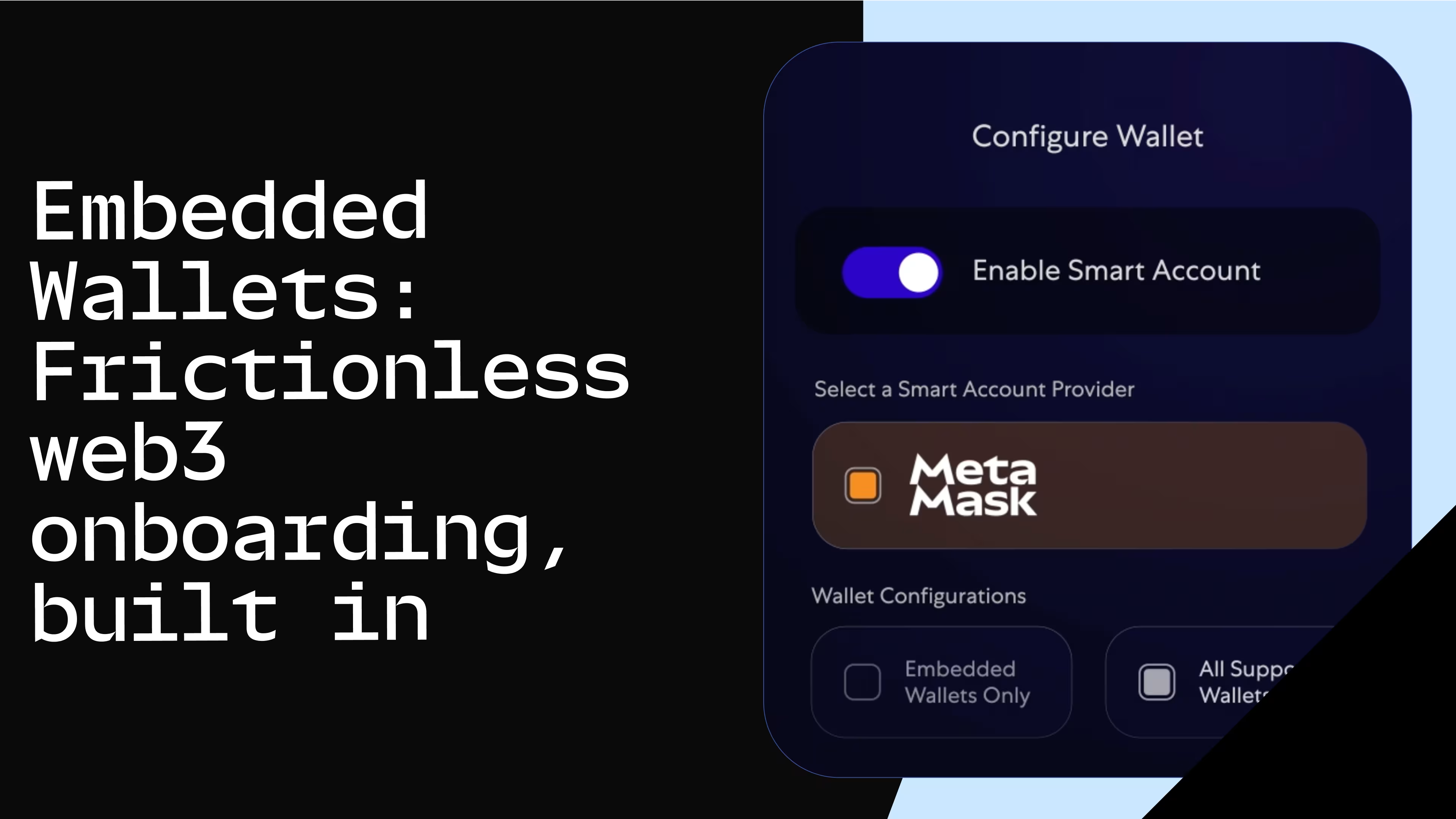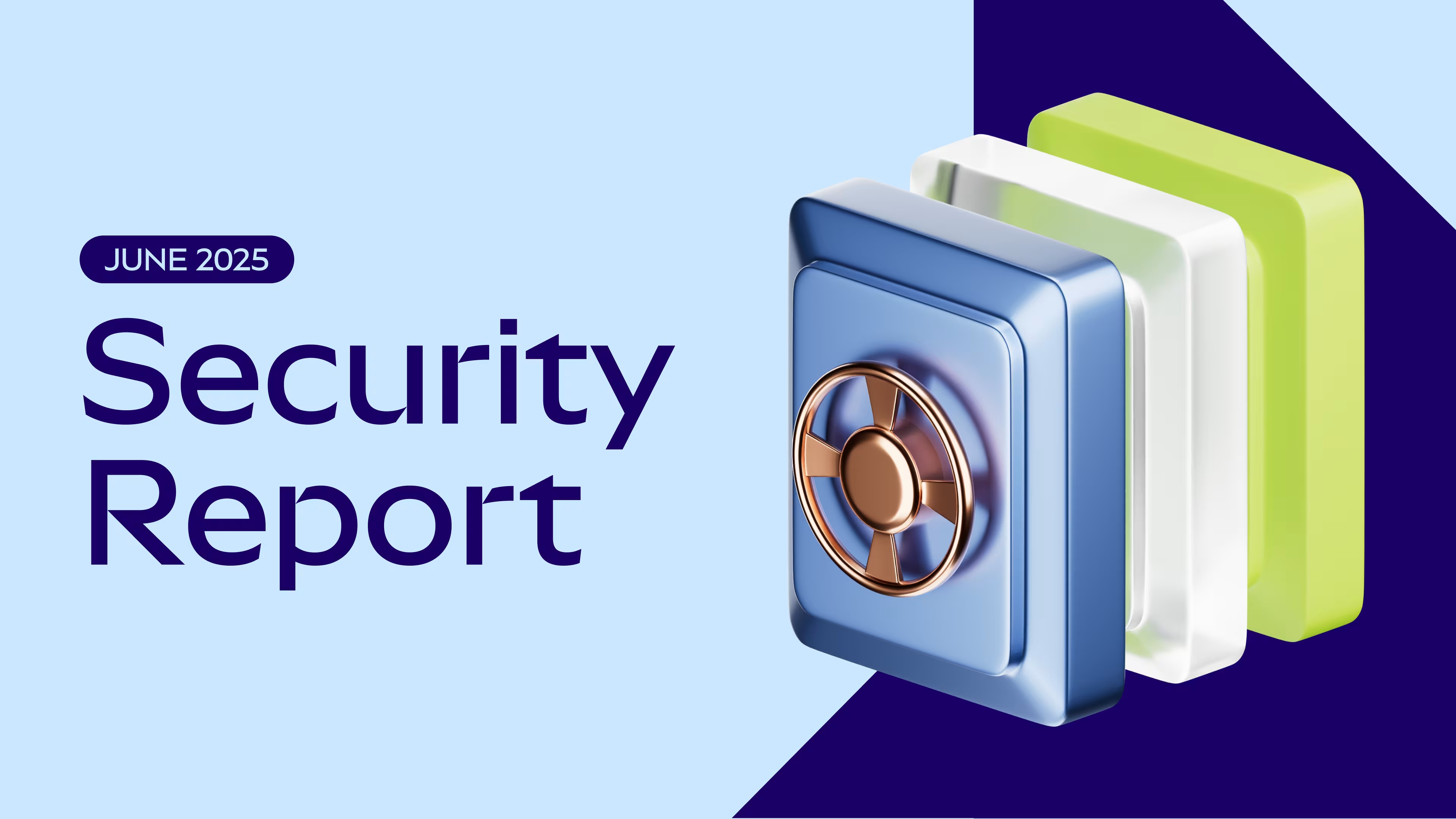
MetaMask Institutional: Multi-Custody Made Easy
Custody has been around forever - but crypto has made custody still more complex.

Custody has been around forever.
Flashback to Mesopotamia and the birth of the modern market concept: folks are buying, selling, bartering. Some, successful to the point where they can’t hide all these generous proceeds under their bed, began the practice of having a trusted third party - generally a religious temple - begin to watch over their assets - cowrie shells, shekels, rare metals, grains.A few thousand years later, banking leapt forward with the birth of private depositories in Greece around 600 BC and became something closer to what we would recognize as banking today with the Knights Templar introducing the concepts of wholesale payments and the Italian merchant families leveraging dual entry accounting to better understand the extension of credit to their customers.In many ways, the everyday person’s relationship with their bank is not dissimilar to what you would get with a custodian bank. They simply custody my fiat cash with occasional value added services around credit and investing.In a world of stocks, bonds and derivatives, a custodian bank does much more than simply hodl your assets on your behalf. In addition to custody, they provide various and often complex ancillary services such as fund administration, cash management, lending, trustee services, collateral management.The last large development in custody was the wholesale regulation of these bodies broadly after JFK initiated the Committee on Corporate Pensions Plans that later under Gerald Ford would oversee the failure of Studebaker Auto and with it the vaporization of the pension funds of 6000 employees. New Rule: if you’re safekeeping employee’s pensions you have to seek out an institution exclusively dedicated to the safekeeping of assets (and not say, auto manufacturing), aka - a custodian.Custody has been around forever - but crypto has made custody still more complex.
Your keys, your coins, your choices: In the world of traditional assets, custodians differentiate themselves based on the services they offer rather than the underlying tech they use to hold, settle, and service the assets they custody. RFQs to Northern Trust or State Street don’t include complex questions about how these table stakes functions are governed.Yet in crypto, folks have a combination of ideological, regulatory and business needs that lead them to choose one or many models of custody - asking questions like:Should I self custody or use the services of a third party? While many market participants were burned by their experience with FTX, it is worth observing that it is likely a far greater number of funds have been lost due to improper key management by those choosing to self custody - a clear challenge in either direction.How can I properly self custody? With self custody we now thankfully have a rich buffet of models to choose from. From hot wallets and hardware wallets at the more primitive end of the spectrum, to more sophisticated participants who opt for MPC tech offerings from the likes of Fireblocks, GK8 and MPC Vault that preserve self custody while providing the look, feel and functionality of an advanced third party custody offering. Still, others use the Smart Contract Wallet Safe, the global leader in the world of wallets governed by a quorum of users convening to approve transactions.Am I impacted by regulation? In the case of third-party custody, other questions remain around both the model of custody (Is my key stored on HSMs? Does my custodian hold SOC Type II certifications?) as well as those of regulatory oversight. Since the financial crisis of 2009 funds with greater than 150 million dollars of assets under management have been obligated to use an SEC Qualified Custodian in the US with similar regimes in other jurisdictions around the world.
And yet, for all the paradigm-shattering innovations that Web3 brings, some things remain emergent properties of finance—the more things change, the more they stay the same. Yes, it turns out that in crypto, you still absolutely need fund administration, treasury, and payments—all of the services that distinguish a JP Morgan, a Bank of New York, or Brown Brothers Harriman in the world of traditional equities.Multi-custody
When you’re small, life is simple. As a child I didn’t have to choose which restaurants I was eating at - I was simply there along for the ride. Similarly, a small fund, in the traditional equities world, generally doesn’t have the luxury or the time to evaluate the relative benefits of each of the large global custodians (or alternatively a local provider tapping their services in a sub-custodial relationship).I simply choose from the BBHs, JPMs, and CITIs of the world and, at the lower end of the complexity scale, interact with them through manual user portals and, at the higher end, through a point-to-point integration between my back and middle office systems and theirs.The moment my fund is large enough or my operations complex enough, I will generally begin to custody across various actors. It is at this point that using these multiple players via multiple login screens, maintaining multiple non-standardized point-to-point connections, and reconciling all these data to my back office becomes untenable. Organizations facing this reality simply join the SWIFT network.SWIFT provides one single window for interfacing with each of these custody providers as well as a standardized series of syntactically validated messages for interacting with each of them in a uniform manner. I can plug and play different custodians based on the breadth of the assets they serve, geos they work in, and ancillary services like cash management that they serve. Further, I am not trapped in the stickiness of my point-to-point connection - if I want to onboard a new custodian and lessen my dependence on my current network I simply sign commercials with them and send them an RMA (the friend request of the SWIFT network).In crypto, you find yourself frequently at levels of complexity a traditional financial institution would only cross after years or many millions (or billions) of assets managed into their existence. While multi-custody is not a headache, or even a consideration, for a traditional fund with 25 million dollars in assets under management it is common practice in the land of VCs, long crypto hedge funds and even exchanges and fintechs building third-party crypto offerings to have to revert to multi-custody.Consider the following: it is not inconceivable that a decently sized fund engaged in DeFi may have a qualified custodian such as BitGo either due to the pressures of their LPs or their regulators, a flexible MPC offering such as Fireblocks to engage across the DeFi ecosystem, some Safe Smart Contract wallets for signing transactions on an intra or inter-organizational basis, a few hardware wallets they’ve been meaning to migrate but just never found the time, and even some hot EOAs for testing new strategies.In addition to these models of custody each of these providers may differentiate themselves by offering services such as fiat ramping, staking, tokenization engines, fund administration, prime brokerage connectivity, etc.What seems like the most complex evaluation of how to properly leverage the best of these offerings becomes a very simple question. Almost all software (and, for that matter, business operations broadly) comes down to two fundamental activities: reading and Writing. A single SWIFT-like Web3 window is needed for both Writing (Transacting) and Reading (Reporting).MetaMask Institutional
At MetaMask Institutional (MMI) we are proud to be the world’s first, and to date only, multi-custody solution for digital asset management. We are proud to offer every model conceivable from MPC to keys stored at HSMs to smart contract wallets across custody tech providers and third party custodians. This integration is handled between the custody provider and MetaMask Institutional teams such that linking accounts is as simple for the end user as creating an account and transaction approval process and clicking a “Connect to MMI” button within the custodian’s console.
Further - you don’t just enjoy the luxury of transacting across them from one easy interface - we provide both portfolio and organizational management.Organization hierarchies can be created with accounts currently across EVM and Solana wherein each account is granted a human-readable alias and then bundled into organizational concepts such as your custody provider, business line or activity:Snapshots can be generated of your entire family of wallets or specific subsets of them at the end of each day, quarter, month, and year at the cut off time and currency denomination of your choosing. The read only links created by this can be readily shared with investors, fund admins and tax partners.
Transaction reporting can be done across any permutation of multiple custodians, hot wallets, hardware wallets or even arbitrary unlinked addresses that you choose to surveil.
Unique to the industry, we’ve also worked hand in hand with the most popular DeFi projects for them to create custom adapters to display absolutely accurate P&L across lending, borrowing, yield farming, liquid staking and staking.Lastly, this information is available beyond our Portfolio Dashboard in the form of our API suite.
Many to One: One to Many
Beyond “Reading”, MMI addresses “Writing” in unique fashions as well. Take our staking marketplace as an example.Much like how SWIFT solves the problem of how a custodian, a correspondent bank, a corporate and an investment manager connect via one standardized connection we solve the spaghettified many-to-many integrations with other providers.Imagining an exchange that wants to diversify their staking offering across 5 different providers - they would normally have to guarantee that each of these providers is natively supported by their custodian. With MMI, this consideration is eliminated by acting as the one in the Many-to-One/One-to-Many nexus.Simply point click and stake with any of MMI’s network of best in class Staking Service Providers and sign from your custodial interface.Beyond staking we provide endless other instances of acting as the one in these many-to-one situations: users can extend the dapps they interact by using MetaMask Institutional’s extension, an extension with full parity with MetaMask with the simple added functionality of maintaining the signing of the transaction at your custodial partner.Also, some of our custodians opt for an integration where instead of signing and broadcasting the transaction, they sign but leave the broadcasting to MetaMask. This means no more calls to your custodian asking when they will support Linea or Base or Arbitrum or Blast - MMI can broadcast it; they can sign it - simple as.What does this mean for me?
We believe that funds, exchanges, fintechs, VCs, DAOs and builders of all types deserve the same luxury of choice afforded to the average SWIFT user in the world world right here in web3. If you like your 3 (or your 30) custodial integrations you can keep them! And you can do it from the comfort of your organization home in the MetaMask Institutional Portfolio Dashboard.Enquire here to get in touch with the MMI Team.


